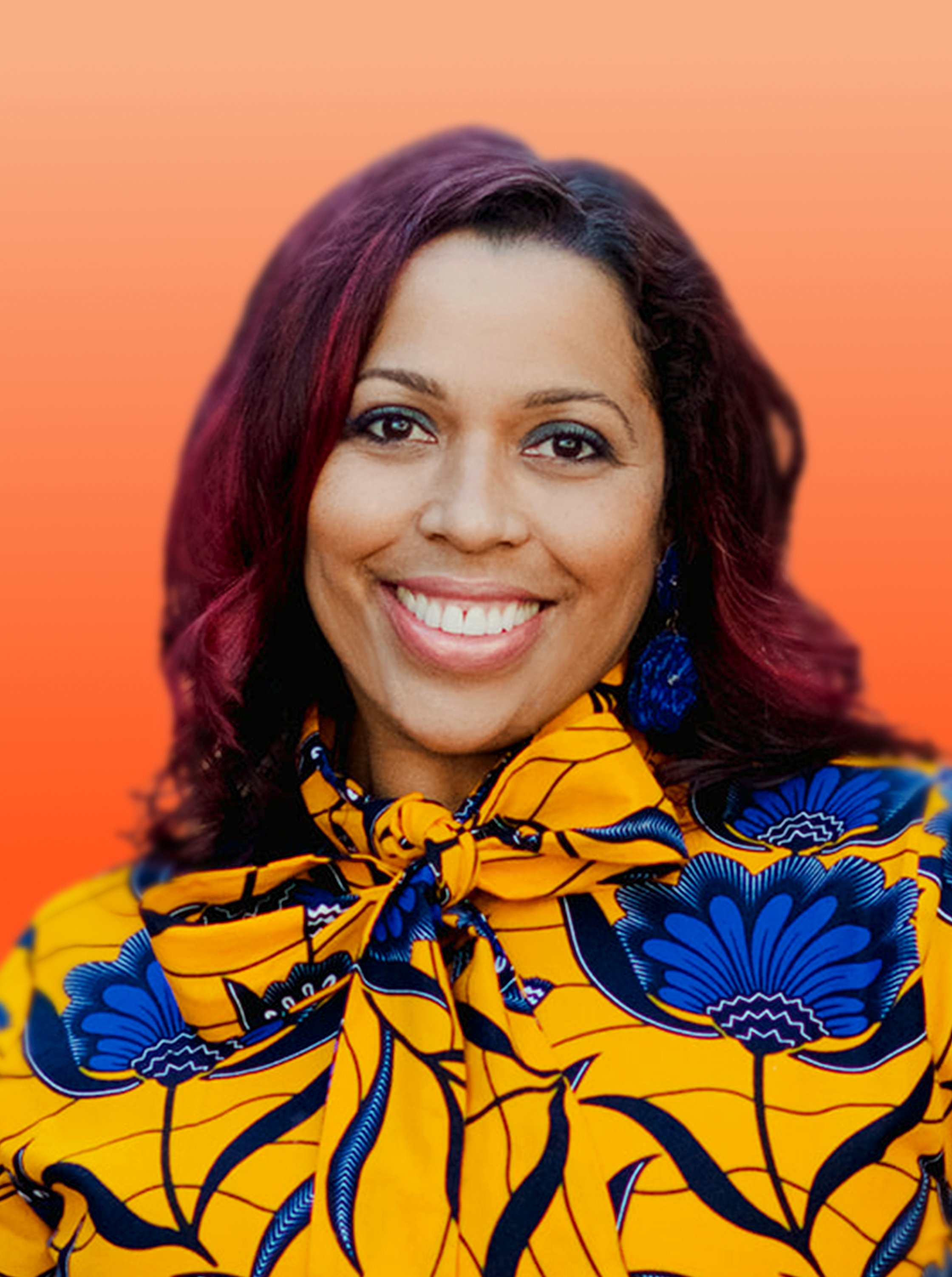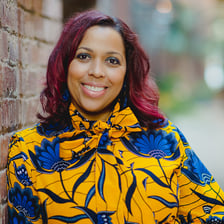|
|
In the poem “Harlem,” Harlem Renaissance writer Langston Hughes explores the question of what happens to a dream deferred. “Does it dry up like a raisin in the sun?” he wonders. Deferred dreams are a hallmark of what many historically underrepresented storytellers and creatives have experienced in their quest to achieve their professional aspirations as upwardly mobile PR agency professionals. |
A 2021 study conducted by the Diversity Action Alliance (DAA) found that among PR organizations polled, only 21% are ethnically diverse, with just 7% BIPOC representation at the leadership level.
While Diversity, Equity and Inclusion (DEI) might seem like a trendy buzzword, it’s not. Rather, it's crucial for the success of PR organizations — and there's still a lot of work to be done to create diverse and inclusive workplaces.
Data from The Bureau of Labor Statistics shows that the PR industry in the US is 87.9% white, 8.3% African American, 2.6% Asian American and 5.7% Hispanic American. And while the pay gap between white women and white men in PR is a staggering $6,000 — the gap is even larger for people of color.
A truly inclusive workplace means more than hiring someone of a different race, gender or age. It's also more than having a diversity and inclusion policy on your website. After all, a DEI policy is useless if you're only doing it to check a box. Management and employees must embody the values of diversity, equity and inclusion through their actions.
Why is diversity and inclusion in the workplace so important in the PR industry?
PR employees with underrepresented dimensions of diversity - sexual orientation, gender identity, neurodiversity, disabled, older workers to name a few - have difficulty navigating workplaces that were not created with them in mind.
For example: Establishing meaningful connections as a PR agency professional is not only essential in terms of our agency colleagues, but also critically important in terms of influencing external stakeholders. First and foremost, we need to develop trusted and fruitful relationships with our clients, the media and industry influencer communities.
Historically underrepresented practitioners who don’t feel included, celebrated or a sense of belonging in the workplace may struggle to establish the social capital needed to create and nurture the type of vibrant relationships that can transform and accelerate their career progression.
A successful career in PR also requires us to understand our audiences on a personal level–which can be tough to understand and appreciate if you come from a vastly different background. Thus, an inclusive PR team can have a profound positive impact on the success of client campaigns.
In fact, clients have begun to request more inclusivity on their account teams. So why doesn't every PR firm strive to develop a more inclusive workplace and drive business success?
To answer this question, we must understand the barriers to diversity and inclusion in the workplace and why they're hard to overcome. And though history tells us that breaking barriers is never easy, it's not impossible.
| Talk to our DIBs and strategic communications experts |
The systematic barriers to diversity and inclusion in the workplace
Long-standing systemic barriers prevent organizations from achieving diverse and inclusive cultures. Darden Professors Laura Morgan Roberts and Martin N. Davidson have identified five major barriers, in particular.
Identity regulation barrier
This framework encourages diverse employees to fit into the existing system versus. dismantling inequitable power structures.
Authority barrier
This framework acknowledges that while some individuals are able to ascend into influential /top-tier leadership roles, there can be ongoing issues around mobilizing others to embrace and champion their leadership as eager followers.
The things are working well for me barrier
For leaders who enjoy power and privilege, there is less of an imperative to be a driver of system change.
The inertia barrier
It’s challenging to change the fundamental ethos, processes, systems and culture of an organization even when there’s interest in making a change.
The motivation factor
Brands should explore how igniting an authentic effort to foster more diversity and inclusion in the workplace will help them achieve their goals, mission and purpose versus increasing their headcount of historically underrepresented talent
Although breaking barriers isn't something that happens overnight, there are a few ways you can help:
- Speak up — If you see something, say something.
- Take a look around the room and notice who isn’t there, add people who’s perspectives are missing
- Respect one another's differences
- Take time to listen to others, learn from their experiences and try to understand what they're going through
- Be open-minded and willing to learn and grow
- Develop an inclusive mindset
How you can pledge your commitment to diversity and inclusion
Studies show the clear benefits of diversity and inclusion in the workplace - increased innovation, improved culture and enhanced productivity. However, creating an inclusive workplace takes time and consistent effort. In this Forbes article, business coach Jennifer Carasco outlines some key recommendations for creating diversity in the workplace over time. They include:
Be proactive and creative when it comes to your hiring procedures
Step outside of your comfort zone and shake things up! Tap into a variety of recruitment options to reach a wide range of candidates by participating in job fairs, posting via online portals and heading to in-person networking sessions and social mixers.
Pro tip: Be sure to post jobs in a variety of languages to reach a broader talent pool. Instead of prioritizing “cultural fit,” lean in on finding candidates who bring value-added unique elements to your workplace culture. Consider how to extend these equitable practices throughout the employee continuum like onboarding, promotions and offboarding.
Create a workplace culture where everyone can thrive
It’s essential that you consider the processes and resources that will enable your employees–with all of their dimensions of diversity–to feel seen, valued and heard. Along with encouraging open dialogue about issues of diversity and inclusion, be sure that you develop policies and protocols to address issues of discrimination and harassment.
Forbes Council contributor Carasco also suggests:
- Providing flexibility for employees to work from home and/or explore a hybrid work schedule
- Offer trainings that equip employees with the tools to practice cultural competence
- Create an environment where employees can openly share their thoughts and ideas
- Strive to create a sense of community among your employees–consider launching an employee-led council that is focused on diversity and inclusion and/or employee resource groups (ERGs)
Here at Highwire, we have adopted some additional best practices:
Offer opportunities for mentorship
Source and share opportunities that positively impact career acceleration.
Communicate
Transparently communicating the ebb and flow of your Diversity, Inclusion and Belonging (DIBs)s/DEI journey with employees keeps you all aligned and moving towards the same goals. We update our team every quarter during our all-hands meetings.
Work with an external accountability partner
If you really want to uplevel your diversity and inclusion efforts, consider linking arms with an external accountability organization. For instance, the Diversity Action Alliance (DAA) is a fantastic organization with a mission to advance diversity, equity and inclusion in the PR industry. It has a three-pronged focus known as ACT: (A)dopt best practices, (C)hampion the cause and (T)rack progress on diversity data initiatives.
After the murders of George Floyd, Breonna Taylor and Ahmaud Arbery in 2020, the DAA invited PR agency leaders to pledge their commitment to addressing the representation gaps in their workplaces and the industry. Highwire PR became a signatory in Q3 and hired me as its first Head of DIBs in Q4.
Since then, we've joined the other signatories on a two-year journey to close the representation gaps with a specific focus on welcoming Black and Latine storytellers and creatives at all levels. Creating an inclusive culture is linked to a number of benefits, including: greater innovation, magnet for top talent, enhanced customer engagement, brand differentiation and employee engagement and retention. We are incredibly proud of how much our workforce has transformed. To date, we have nearly doubled the number of BIPOC Highwire walkers.
Our goal at Highwire is to create an inclusive workplace. Our DIBs team has supported our leaders with several key initiatives, including:
- Partnering with our people team colleagues to co-create a peer-to-peer strategic recruitment campaign for Black, Indigenous and people of color (BIPOC) talent at the leadership level
- Developing a BIPOC talent cultivation plan for each of our practice groups that includes links to industry happenings, research initiatives, DEI + B trends and Black/Latine influencers
- Empowering our colleagues to lead thoughtful and culturally nuanced conversations about key DEI issues in their respective areas of focus
We've also extended our expertise to our clients by:
-
Developing client social media advisories for planned heritage months/observances (e.g., MLK Day) and unplanned moments of social justice inflection points (e.g., the 2021 murder of AAPI spa workers in Atlanta)
-
Providing strategic counsel during inflection points involving employee resource groups (ERGs) and their efforts to navigate complicated and nuanced DEI and social justice issues
-
Crafting talking points needed for rapid response/crisis communications related to clients who are nurturing their brand/engagement strategies in the context of DEI issues
-
Developing out-of-the-box creative campaigns for new business proposals for prospects with a focus on DEI and social impact
The way forward
As PR professionals, we have to do better.
It's not enough to acknowledge a lack of diversity and inclusion in your organization — you need to take action. Diversity and inclusion in the workplace is a must-have and also leads to higher-quality work and happier clients.
Change takes commitment from the top. It's taken some organizations years to break the cycle of systemic barriers and cultivate a truly inclusive workplace, but there are many resources available to help, from books and training programs to organizations like DAA.
Keep in mind that not every approach will work for every organization, but PR and communications professionals need to take steps each day to ensure that everyone feels welcome and valued in their workplaces. If you'd like to chat about diversity and inclusion in the workplace or learn more about our services, get in touch!


